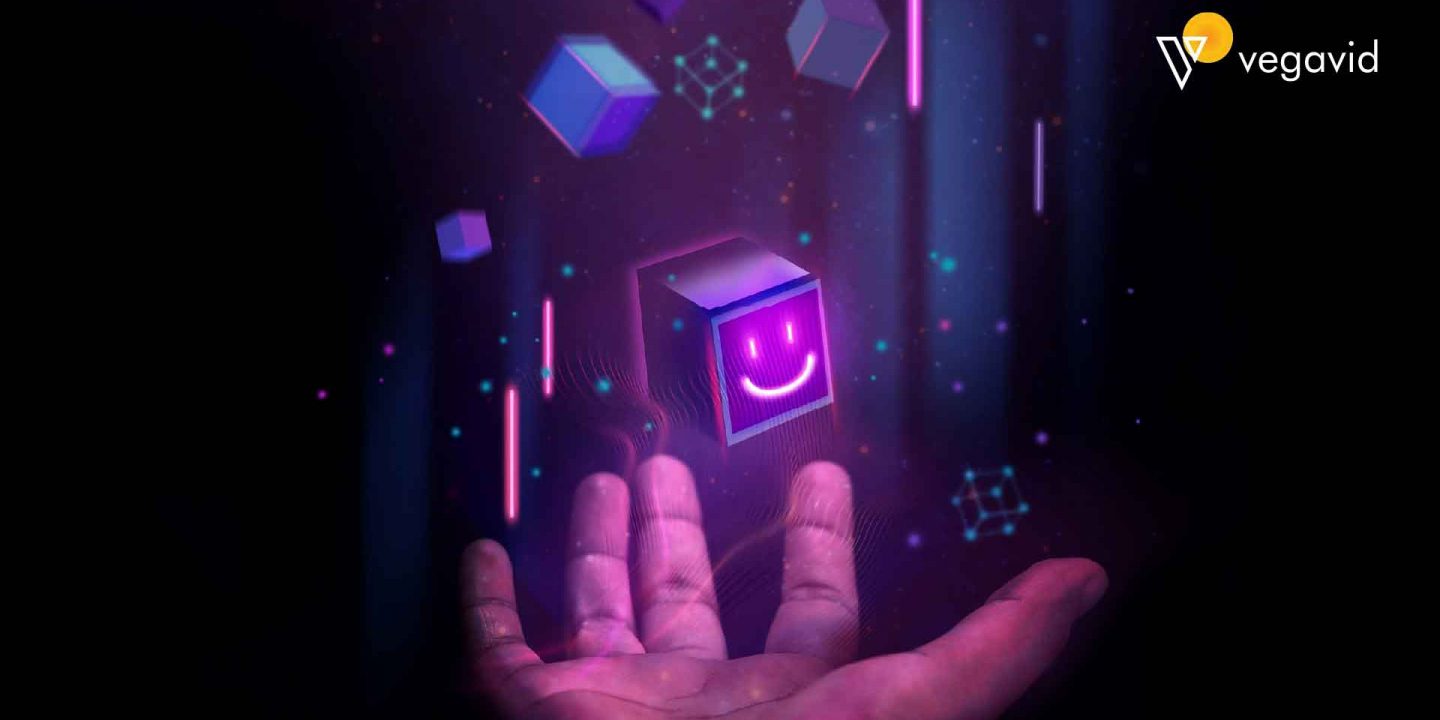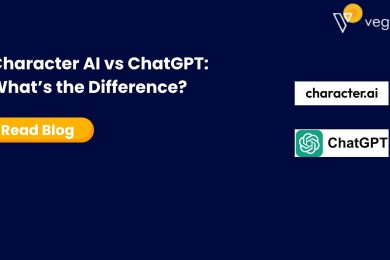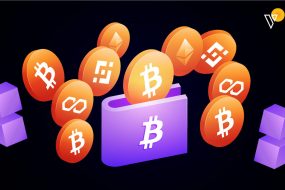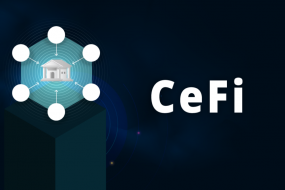
The gaming industry is continually changing, and new technologies are extending the potential for game creation. The Internet of Things (IoT) is a prime example of a technology that has the power to completely alter the gaming business. IoT is the name given to the network of linked gadgets and items that gather and share data. With the growing acceptance of Web3 game production, the incorporation of IoT gadgets and programs has the potential to greatly alter the gaming experience. This blog post will discuss how IoT will alter the creation of Web3 games, possible gameplay effects, as well as the advantages and disadvantages of doing so.
What is the Internet of Things (IoT)?
The Internet of Things or IoT refers to everyday objects that can connect to the Internet and send data. IoT allows devices to communicate with each other using sensors, processors, and network connections. IoT devices have unique identifiers and network connectivity, which enables them to connect to the internet, other devices, and applications. They use technologies like Wi-Fi and Bluetooth to connect and share information. IoT integrates sensors, software, and network connectivity into devices so they can analyze data, understand insights, detect patterns and make intelligent decisions.
IoT devices get smarter over time through experience and machine learning. It provides real-time access to data and the ability to monitor, control and manage connected devices and systems. It enables instant visibility, immediate responses, and predictive actions. IoT applications include smart homes, smart cities, smart healthcare, smart retail, smart transportation, industrial automation, drone management, and more. This technology aims to radically change lives by advancing how people interact with the things around them intelligently and connectedly.
What is Web3 Game Development?
Web3 games combine virtual reality, augmented reality, IoT, and blockchain technologies to create immersive gaming experiences that transcend screens. Web3 games seamlessly blend digital and physical worlds using sensors, networks, and spatial computing. Web3 games provide multi-sensory experiences that stimulate sight, sound, sense, emotion, and touch.
They allow players to venture as far as imagination and technology allow without limits. IoT enables Web3 games to achieve unprecedented levels of interactivity and realism. IoT cameras, motion sensors, and spatial mappers can detect players’ movements, gestures, and actions in the real world. It will instantly shape the virtual experience accordingly. Players feel deeply immersed in incredibly responsive environments.
Blockchain also plays a critical role in these games. Blockchain allows for true ownership and ownership of digital assets with value beyond any single game. Players can own the gear, skills, resources, trophies, and collectables they earn in Web3 games. They can utilize them across multiple virtual worlds. Rare in-game items can even become collectables traded in the real world. Blockchain revolutionizes how players benefit from their gaming progress.
Web3 games feature seamless cross-reality play, allowing adventures to span virtual, augmented, mobile, PC, and more. Only creativity limits player possibilities. They can follow their paths through shared multiplayer worlds, team up, or compete with friends in any fashion imaginable. Web3 games will drive groundbreaking in-person events like escape rooms, battle royales, giant board games, and beyond – all enhanced by technologies. Fans can witness favorites come to life in multi-sensory ways that make victory feel utterly triumphant.
The Potential Impact of IoT on Web3 Game Development
IoT can significantly transform Web3 game development in profound and meaningful ways. By connecting everyday objects and embedding sensors, IoT allows these devices to send and share data via networks. Integrated into Web3 games, IoT provides interactivity and realism unmatched in scope or responsiveness.
IoT cameras, motion sensors, spatial mappers, and more instantly detect players’ movements, gestures, and actions in the real world, so Web3 games can dynamically shape the virtual experience based on input. Players feel immersed in incredibly responsive environments that adapt seamlessly to their play. No detail goes unnoticed, and no action is without consequence.
It also facilitates automation and intelligence within Web3 games. It provides data that enables the development of automated “game masters” to make on-the-fly decisions keeping players engaged. Web3 games can adjust the difficulty, spawn objectives, implement timers, and more automatically based on factors such as player performance, skills, stress, enjoyment, etc. Players benefit from tailored guidance and challenge personalized to their abilities.
IoT supports new multiplayer experiences blending virtual and physical realms in innovative ways. It allows for real-time collaboration, competition, and problem-solving between players sharing space. Players can interact and impact one another directly through movements, actions, and manipulating digital objects overlaid onto the natural world around them using IoT and AR/VR technologies together. Local multiplayer feels urgently present and compelling.
Challenges to Implementing IoT in Web3 Game Development
While IoT introduces exciting new possibilities for Web3 game development, its integration poses significant challenges. IoT solutions involve connecting various internet-connected devices with different capabilities, sizes, processing power, storage, sensors, networking needs, protocols and more. Following are some of the challenges that will be faced while implementing IoT in web3 game development-
Interoperability
Managing this heterogeneity and ensuring interoperability across platforms, systems, and networks can be immensely complex. Many standards and frameworks exist, but universal adoption remains elusive. It also generates massive amounts of data from billions of connected devices, sensors, and networks.
Collecting, integrating, analyzing, and gaining meaningful insights from this data at scale presents difficulties. Properly storing, securing, and leveraging vast data volumes is crucial for automating processes, personalizing experiences, and enabling intelligent features, but it requires considerable resources and infrastructure.
IoT security and privacy
Ensuring IoT security and privacy also introduces risks requiring mitigation. By connecting more devices, sensors, and systems to networks, IoT expands potential attack vectors and vulnerabilities that could be exploited. Protecting players’ privacy and the integrity of their data, experiences, progress, ownership, and more in the face of hackers or malicious actors proves essential but challenging.
High cost
Costs represent another significant barrier. Additional hardware, software, networking equipment, sensor components, AI algorithms, data storage/processing infrastructure, security solutions and more require investment. Especially for smaller development teams or independent studios, the costs of integrating IoT into Web3 games could be prohibitive. Funding challenges may limit innovation.
User experience complexities
User experience complexities could also impact players. While IoT promises immersion and interaction of unparalleled scope, it must feel seamless and effortless to be compelling rather than convoluted or frustrating. Ensuring IoT components work together intuitively, providing value without confusion, represents an important consideration.
Examples of IoT-Enabled Web3 Games
IoT technology enables Web3 games to blend virtual and physical reality in innovative ways. Examples include bright spaces, localized virtual/augmented reality experiences, intelligent smart toys, automated gameplay features, and seamless cross-reality play.
A smart space transforms any environment into an interactive game arena using IoT sensors for lighting, temperature, projection mapping, etc. Players become surrounded by the game world, every movement shaping dynamics around them. Digital graphics overlay the real world, responding to location and gestures in real time. Players roam freely, interacting with both real and virtual elements.
Localized VR/AR enhances the experience, overlaying immersive graphics onto the physical space based on players’ precise locations within. Players walk in both digital and real worlds as one, perceiving depth and scale without limits. Only creativity bounds exploration.
Intelligent smart toys feature IoT connectivity, sensors and AI allowing them to integrate as companions into the game. Players can collect, upgrade, trade and battle with toys that gain skills through play, providing valuable abilities or becoming lifelong friends on adventures without end. Toys retain value beyond any single interface or platform.
Automated gameplay features include IoT-enabled “game masters” analyzing data to make on-the-fly decisions keeping players engaged. They adjust the difficulty, spawn objectives, set timers and more automatically based on factors like performance, skills, enjoyment, stress and other metrics. Personalized challenges suit players of every ability.
Cross-reality play allows adventures to span virtual reality, augmented reality, mobile, PC and beyond. Players follow their own path through any combination of interfaces, from one incredible world to the next without limits. Only imagination defines possibilities. Players can team up, compete or progress solo across shared spaces with no bounds between them.
Future of IoT in web3 gaming
The future of IoT within Web3 games promises to be incredibly bright. As technology progresses, possibilities that once seemed beyond imagination become a reality. IoT will continue advancing to spawn innovations, experiences, and interfaces, blurring lines between virtual and physical reality in moving ways.
Increasing sensor precision, decreasing component size, and ongoing networking improvements will make IoT increasingly seamless. Environments will react with subtlety and nuance resonating deeply. Smart spaces will become ubiquitous, transforming homes into interactive playgrounds extending adventure beyond any screen.
More powerful processors and substantial data storage/processing capabilities will enable sophisticated AI and automation features. Intelligent game masters, virtual companions, and smart toys will achieve human-level understanding, supporting complex problem-solving, nuanced communication, and relationship-building over time. They will become cherished friends, not just playthings.
Conclusion
Integrating IoT devices and applications in Web3 game development can potentially transform the gaming experience. With IoT, game developers can create more immersive and interactive games that allow players to control and interact with the real world. However, there are also challenges that need to be addressed. These challenges include security and technical challenges in integrating IoT devices with games. Despite these challenges, the benefits of using IoT in game development are clear. IoT-enabled Web3 games offer unique features and benefits that can attract and retain players. As IoT technology continues to evolve, we can expect to see even more exciting innovations in Web3 game development.











